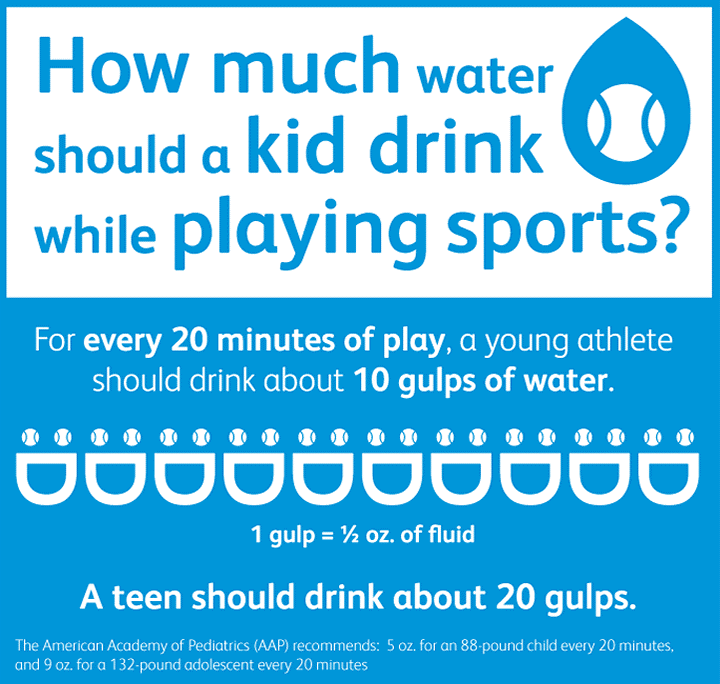ATV & Sports Safety
ATVs are not toys.
Serious injury can result from improper use of ATVs, which handle differently than other vehicles, such as motorcycles and cars. Proper instruction and practice are important. Under Florida law, ATVs are not allowed to be used on paved roads.
Statistics
From 1982 through 2016, CPSC staff received reports of 3,232 ATV-related fatalities of children younger than 16. This represents 22 percent of the total number of reported ATV-related fatalities (14,653). In 2016, there were an estimated 101,200 ATV-related, emergency department-treated injuries in the United States. An estimated 26 percent of these involved children younger than 16.
Prevention
ATVs are not toys. Serious injury can result from improper use of ATVs, which handle differently than other vehicles, such as motorcycles and cars. Proper instruction and practice are important. Under Florida law, ATVs are not allowed to be used on paved roads.
ATV Safety Institute’s Golden Rules:
- Always wear a DOT-compliant helmet, goggles, long sleeves, long pants, over-the-ankle boots and gloves.
- Never ride on paved roads except to cross when done safely and permitted by law – another vehicle could hit you. ATVs are designed to be operated off-highway.
- Never ride under the influence of alcohol or drugs.
- Never carry a passenger on a single-rider ATV, and no more than one passenger on an ATV specifically designed for two people.
- Ride an ATV that’s right for your age.
- Supervise riders younger than 16.
- Ride only on designated trails and at a safe speed.
- Take a hands-on ATV RiderCourse and the free online e-Course. Visit ATVSafety.org or call 800-887-2887.
To inquire about having a Safety Sam ATV presentation, please email julie.noble@leehealth.org.
Sport Safety
Participation in sports offers tremendous social, emotional and physical benefits for children.
Unfortunately, every 25 seconds, or 1.35 million times a year, a young athlete suffers a sports injury severe enough to go to the emergency room, according to a research report released by Safe Kids Worldwide.
According to the report that studied the 14 most popular sports, concussions account for 163,000 of those ER visits, or 12 percent. That's a concussion-related ER visit every three minutes.
Surprisingly, it is not just high school athletes suffering concussions; athletes ages 12 to 15 make up almost half (47 percent) of the sports-related concussions seen in the ER, a statistic made even more disturbing by the knowledge that younger children with concussions take a longer time to recover than older children.
Before paying organized sports, make sure your child receives a physical exam from a doctor. This can help rule out any potential medical conditions that may place the athlete at risk. If the athlete has a history of asthma or other medical conditions that require special attention, meet with the coach before the first practice.
Warm Up and Stretch Before Games and Practices
Coaches should set aside time before every practice and game for athletes to warm up properly. Stretching before practice and games can release muscle tension and help prevent sports-related injuries. Athletes should start with about 10 minutes of jogging or any light activity, and then stretch all major muscle groups, holding for 20 to 30 seconds.
Remember to Hydrate
Learn the signs and symptoms of dehydration and other forms of heat illness. Send athletes to practice and games with a water bottle and encourage them to stay well hydrated by drinking plenty of water before, during and after play. Encourage athletes to drink fluids 30 minutes before activity begins and every 15-20 minutes during activity. If you’re a coach, establish mandatory water breaks throughout practice and games – don’t wait for athletes to tell you they’re thirsty.
 https://www.safekids.org/infographic/sports-hydration-infographic
https://www.safekids.org/infographic/sports-hydration-infographic
Wear Appropriate Sports Gear
Use appropriate and properly-fitted sports gear to prevent or reduce the severity of injuries. Make sure athletes use the correct equipment in order to participate in both practices and games. This may include helmets, shin guards, mouth guards, ankle braces, shoes with rubber cleats and sunscreen.
Don’t Take Chances with the Brain: Know the Signs and Symptoms of Concussions
Learn the signs and symptoms of a concussion at www.safekids.org. This information is important for coaches, parents and athletes. An athlete with a suspected concussion must be removed from play until evaluated and cleared by a medical professional. A good rule of thumb: When in doubt, sit them out.
Make Rest a Priority
To help avoid overuse injury, athletes should take breaks during practices and games. Encourage athletes to tell coaches, parents or another adult about any pain, injury, or illness they may have during or after any practices or games. Athletes should take at least one or two days off each week from any particular sport. Encourage athletes to take time off from one particular sport to prevent overuse injuries. It is an opportunity to develop skills learned in another sport and strengthen different muscle groups.
For more information about youth sports safety click here.
For more general information about kids safety visit: safekids.org
